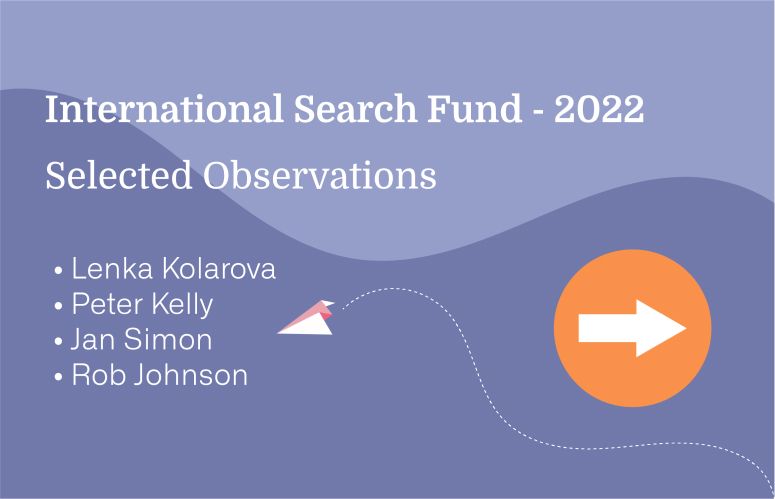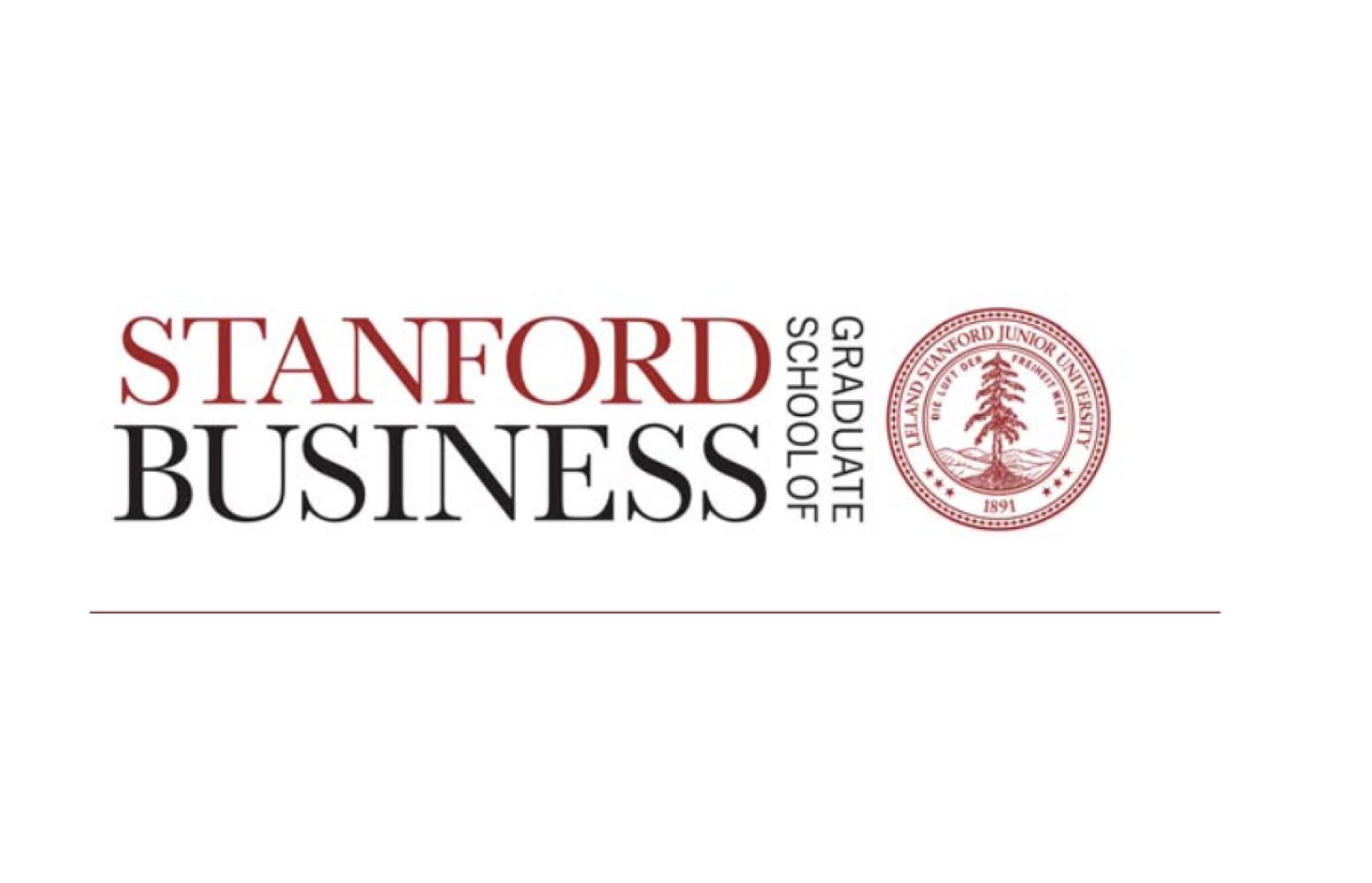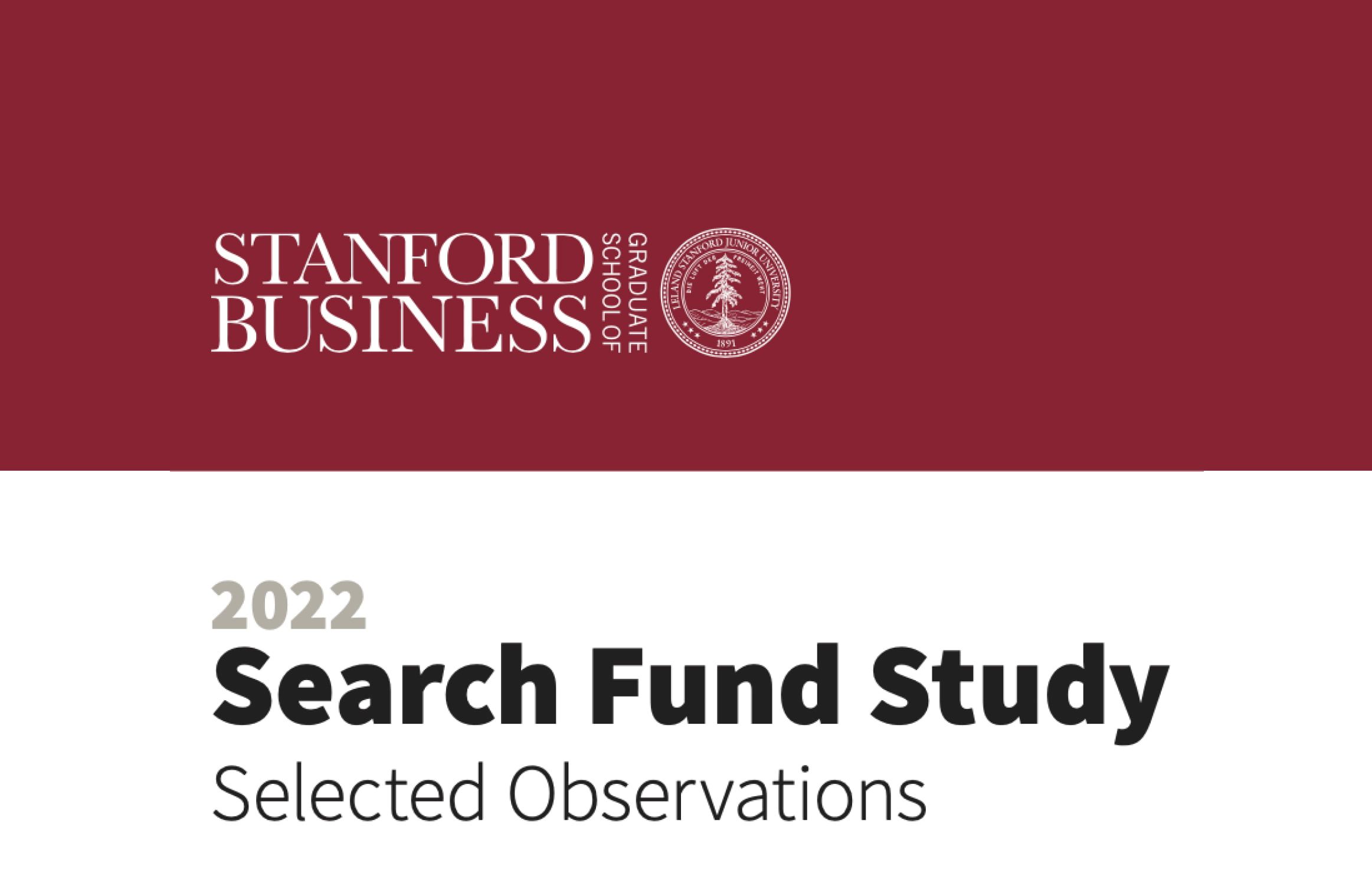Abstract
This note reports a biennial study, performed by the IESE Business School, of search funds that were formed outside the United States and Canada. Undertaken in partnership with the Stanford Graduate School of Business, it uses a quantitative survey-based research method to gain insight into the financial returns and important characteristics of “international” (non-U.S. and Canada) search funds, including the qualities of search fund entrepreneurs and companies. The study targeted all known search funds outside the United States and Canada, in close coordination with a concurrent Stanford study, using data drawn from 211 first-time search funds. The sample set included international searchers from 34 countries on five continents.
Introduction
In 2011, IESE Business School (IESE), in collaboration with the Stanford Graduate School of Business (GSB), began to identify and track international search funds.1 This note is the sixth to be published by IESE and is updated biennially in concert with Stanford’s study on search funds.2
A search fund is an entrepreneurial path undertaken by one or two individuals (the “searchers”) who form an investment vehicle with a small group of aligned investors, some of whom become mentors, to search for, acquire, and lead a privately held company for the medium to long term, typically six to ten years. Search funds offer entrepreneurs the opportunity to become equity-owning business operators (typically in the role of CEO) before they have accumulated the capital or experience required to buy or lead a company. For investors, a search fund can provide attractive returns in a two-stage investment: an initial investment in support of the entrepreneur’s sourcing of a company followed by a larger amount of capital in the acquisition of this existing business.
The life cycle of a search fund can be thought of as having four stages: (1) raising a search fund (i.e., a pool of capital) from a group of aligned, involved investors backing the searcher(s) to find a company to acquire;
(2) searching and acquiring, usually one to two years during which the searcher(s) generate many leads to identify and acquire an attractive operating business; (3) operating, the longest stage and most compelling for the entrepreneur, during which the searcher(s) lead and grow the business; and (4) exiting, at which point the searcher(s) and investors achieve liquidity by various means. For detailed background information on search funds, see the Stanford GSB Center for Entrepreneurial Studies (CES) Search Fund Primer3 and the IESE note Search Funds
Using a quantitative survey-based research method, this report provides insights into the evolving characteristics and performance of all known international search funds,5 including changes in the characteristics of search fund entrepreneurs.6
- “International” in this report refers to outside the United States and Canada, to coordinate with the Stanford
- For more information on Stanford’s research in the United States and Canada, which has tracked more than 526 search funds formed since 1984, see http://www.gsb.stanford.edu/ces/resources/search_funds.htm
- For a comprehensive description of the search and acquisition process, readers may obtain the Search Fund Primer from Stanford GSB’s Center for Entrepreneurial Studies (CES): http://www.gsb.stanford.edu/faculty-research/centers-initiatives/ces/research/search-funds/primer.
- To help understand the practices and values underpinning the search fund model, readers may obtain the note Search Funds — What has made them work? from IESE’s International Search Fund Center: https://www.iese.edu/entrepreneurship/search-funds.
- “Known search funds” refers to those of which IESE is aware. Despite the broad network of search fund principals, investors, and advisors that share searcher data with IESE, it is possible that search funds have existed or do exist that are not known to IESE.
- The data in this study is reported as of December 31,


